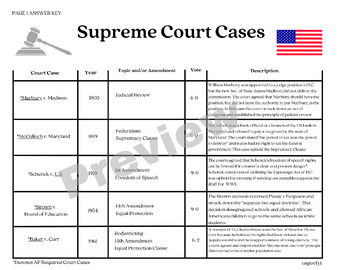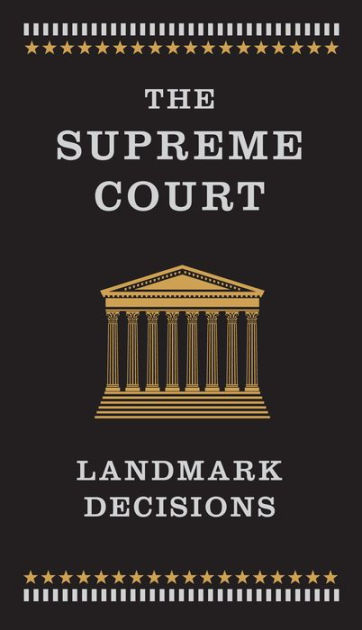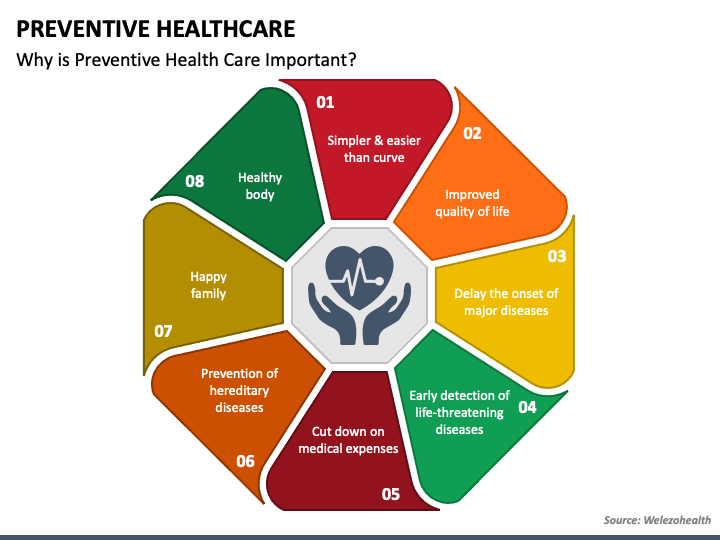Supreme Court Rulings You Need to Know

Major Supreme Court Decisions Making Headlines
The Supreme Court of the United States has been particularly active recently, issuing a series of landmark decisions that are reshaping the legal landscape and sparking national debate. These rulings touch upon critical areas of American life, from affirmative action and voting rights to LGBTQ+ rights and student loan forgiveness. This post will delve into some of the most significant cases decided this term, outlining the core arguments, the Court’s reasoning, and the potential implications for the future.
Affirmative Action and College Admissions
Perhaps the most widely discussed rulings came in the cases of Students for Fair Admissions v. Harvard and Students for Fair Admissions v. University of North Carolina. These cases challenged the long-standing practice of affirmative action in college admissions – policies designed to consider race as one factor among many in evaluating applicants. The plaintiffs argued that these policies violated the Equal Protection Clause of the Fourteenth Amendment, claiming they discriminated against Asian American applicants.
The Court, in a 6-3 decision, sided with the plaintiffs, effectively ending affirmative action in college admissions. Chief Justice Roberts, writing for the majority, stated that while universities may consider how race affected an applicant’s life, that experience must be tied to a quality or characteristic the applicant can contribute to the university. Simply stating an applicant’s race, and using that as a positive factor, is no longer permissible.
What does this mean? Universities will need to drastically revise their admissions processes. Expect to see a focus on socioeconomic factors, demonstrated resilience, and unique experiences, but race cannot be a determining factor. Critics argue this decision will lead to decreased diversity on college campuses, while supporters believe it will create a more equitable system based solely on merit. The long-term effects on representation in higher education remain to be seen.
Voting Rights and Alabama’s Congressional Map
In Allen v. Milligan, the Court upheld a key provision of the Voting Rights Act of 1965, rejecting Alabama’s congressional map that critics argued diluted the voting power of Black residents. Alabama had drawn a map with only one majority-Black congressional district, despite having a significant Black population. The plaintiffs argued this violated Section 2 of the Voting Rights Act, which prohibits voting practices that discriminate based on race.

The Court, in a surprising 5-4 decision, sided with the plaintiffs, finding that Alabama’s map likely violated the Voting Rights Act. The majority opinion, delivered by Chief Justice Roberts, emphasized the importance of ensuring equal opportunity for minority voters. This ruling was a significant victory for voting rights advocates, who feared the Court would further weaken the Voting Rights Act following previous decisions.
Why is this important? This case reaffirms the importance of the Voting Rights Act and provides a framework for challenging discriminatory voting maps in other states. It signals that the Court, at least in this instance, is willing to protect the voting rights of minority communities. However, the battle over voting rights continues, and further challenges are expected.
LGBTQ+ Rights and the Free Speech Clause
The case of 303 Creative LLC v. Elenis involved a website designer who refused to create wedding websites for same-sex couples, citing her religious beliefs. She argued that forcing her to create such websites would violate her First Amendment rights to free speech. Colorado law prohibits discrimination based on sexual orientation in public accommodations.
The Court, in a 6-3 decision, sided with the website designer, finding that the Colorado law violated her First Amendment rights. The majority opinion, written by Justice Gorsuch, emphasized that the First Amendment protects not only the right to speak but also the right *not* to speak. The Court reasoned that forcing the designer to create websites celebrating same-sex marriage would compel her to express a message she does not believe.
What are the implications? This ruling raises concerns about potential discrimination against LGBTQ+ individuals in the future. Critics fear it could open the door to businesses refusing service to LGBTQ+ customers based on religious objections. Supporters argue it protects artistic freedom and prevents the government from compelling individuals to express messages they disagree with. The scope of this ruling and its impact on anti-discrimination laws are still being debated.
Student Loan Forgiveness Program
The Court also dealt a significant blow to President Biden’s student loan forgiveness plan in the case of Biden v. Nebraska. The plan aimed to cancel up to $20,000 in student loan debt for millions of borrowers. Opponents, including several states, argued that the Biden administration lacked the authority to implement such a broad forgiveness program without explicit congressional authorization.
The Court, in a 6-3 decision, agreed with the opponents, finding that the Biden administration had overstepped its authority. The majority opinion stated that the HEROES Act, which the administration relied upon to justify the program, did not provide the necessary authority for such a large-scale debt cancellation.
What now for student loan borrowers? The student loan forgiveness plan is blocked. The Biden administration is exploring alternative pathways to provide relief to borrowers, potentially through a new rulemaking process. However, any future attempts at broad debt forgiveness will likely face legal challenges. The issue of student loan debt remains a major economic and political challenge.
Looking Ahead
These are just a few of the significant decisions handed down by the Supreme Court this term. The Court’s rulings demonstrate a willingness to revisit long-standing precedents and address complex constitutional questions. The impact of these decisions will be felt for years to come, shaping the legal and political landscape of the United States. It’s crucial to stay informed about these developments and understand their implications for our society.
Further Resources:



